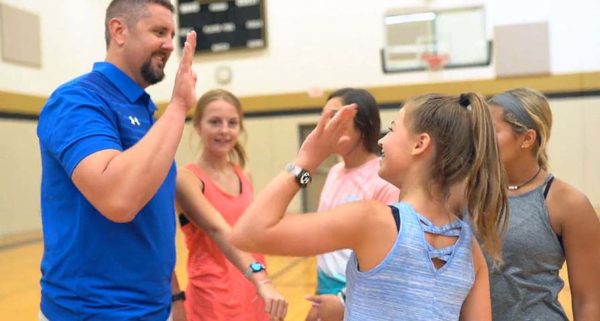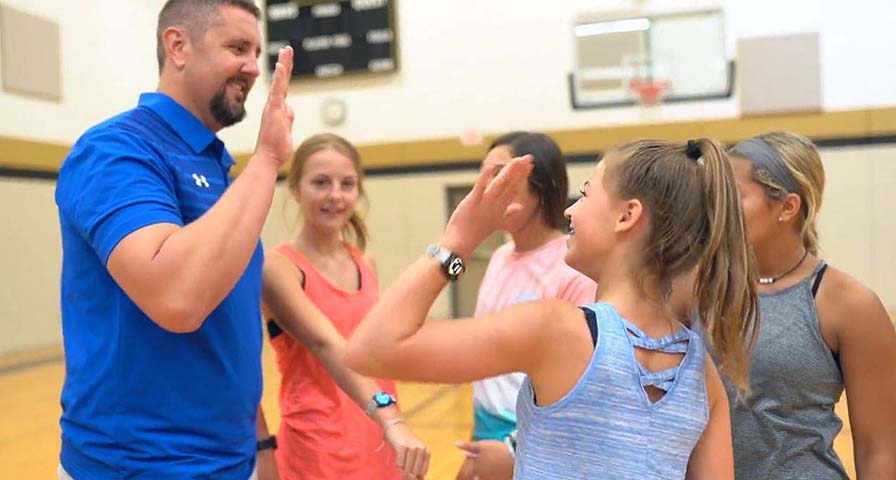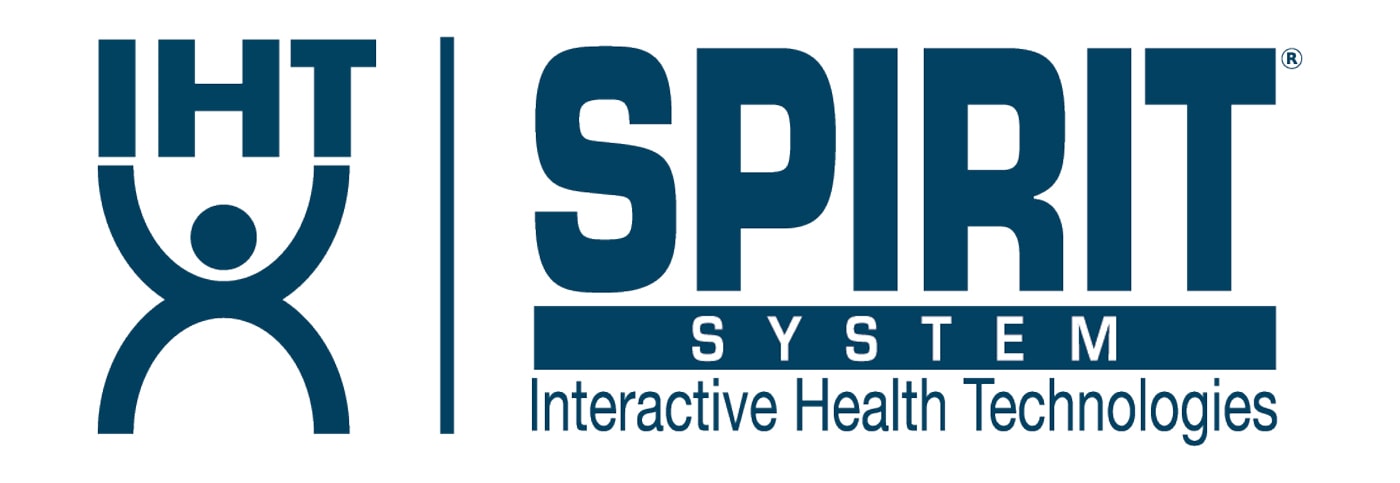With CARES, Other Federal Funding Sources Set to Renew, Now is the Time to Request Unallocated Funding to Add Heart Rate Technology
Educators looking to access federal CARES, ESSA or ESSER funding to purchase new tools for their physical education or student wellness program should make one more request this month.
“I think April-August is a really good time to go in and ask for that money,” SHAPE America President-Elect Dr. Kymm Ballard told Interactive Health Technologies in early August. “Those monies have to be spent by the end of September starting in 2022, and districts must spend it or turn it back in, right? So they are going to want to spend it out. That’s your opportunity.”
 Over the last few years but especially to aid with recovery and student support during the COVID-19 pandemic, the U.S. Department of Education has allocated more than $193 billion to be spent by local school districts for programs that include student health and safety, technology, and tools to address learning loss.
Over the last few years but especially to aid with recovery and student support during the COVID-19 pandemic, the U.S. Department of Education has allocated more than $193 billion to be spent by local school districts for programs that include student health and safety, technology, and tools to address learning loss.
During the 2020-21 school year, the federal government made the following allocations to state education agencies to distribute to their local education agencies:
- Every Student Succeeds Act (ESSA) Title IV, Part A: $1.2 billion
- Coronavirus Aid, Relief and Economic Security (CARES Act) Elementary and Secondary School Emergency Relief (ESSER): $13.5 billion
- CARES Act December 2020 allocation (ESSER II): $54.3 billion
- March 2021 American Rescue Plan allocation (ESSER III): $122.7 billion
State education agencies were allowed to set their own parameters for distributing the money and will ultimately be the only decision-makers on how to allocate the money it received. Each federal allocation provides money that can be used on technology and physical education equipment, Ballard said.
Each allocation has a different deadline for its funds to be fully spent out. Specifically, the first round of ESSER funding must be used by Sept. 30, 2022; the second round of ESSER must be spent by Sept. 30, 2023; the third round of ESSER must be spent by Sept. 30, 2024. State-by-state allocations and guidelines can be found here.
Ballard offered more suggestions for teachers looking to access this federal money before the current budget cycle expires.
Know Where to Go, and Who to Approach
Most school districts have individuals or departments tasked with managing the federal funding. It’s important to identify these people or people within the departments and introduce yourself long before you need to make a request.
“One of the first things I tell people when I do advocacy work is to make friends before you need them,” Ballard said. “That’s relationship-building. When you go to people and ask for money and they’ve never seen you before, chances are you’re not going to get it.”
To increase your chances for success, align your project with your campus or district school improvement plan. Even better, she said, join the school improvement team so your voice is heard.
“That’s where a lot of money goes, and if you’re working with your school improvement team, you’re working on the bigger picture,” she said. “You’re part of the blueprint that is inevitably going to be funded. If you can make your case on that kind of team that health and PE needs to be a priority, you may not get the first round of dollars, but you’ll be able to get some of those dollars.”
No Time Like the Present
Regardless of what you’ve been told before, schools that haven’t spent all of their initial allocations will be looking to do so.
While the spend-out deadlines are still in the near future, creating proposals now and working with your district’s decision-makers can increase your chances of success when you submit your request. School districts will be spending out their federal money throughout the year and the longer you wait to make your request, the more you run the risk that the federal funding has already been spent.
“See what the district has leftover,” Ballard advises. “Put in a budget. Have a very good reason why (you need what you’re requesting). What’s your why? What’s the need? And really show that there is a need.”
The proposal, whether it’s for extra soccer balls or heart rate monitors, needs be data-driven. Include key statistics about your program as it currently exists. Quantify how your program would benefit from the products or new technology you are seeking.
“You can’t just go in and say ‘I need this,’” she said. “The need has to be real. You have to be able to show it. The data has to add up. You have to have something that backs up why you need that amount.”
Include District Officials in the Project Ownership
Ballard also advises teachers to bring the administration into the project by creating an ownership stake for them. Creating healthy, fit, and academically ready students isn’t strictly the responsibility of the PE teacher. It’s a district objective, with the PE teacher using the tools they think best for the job to help them accomplish the goal.
“You have to make the right play at the right time,” Ballard said. “If you can’t get more time in class, you’re asking for what you can use to maximize the time that you do have.”
And don’t simply take “no” for an answer. Don’t be defiant, but advocate for your current needs as they become future ones.
“If they say ‘no,’ ask them if they can work with you to create a plan,” she said. “Ask ‘how can we do this? Put it back on the administration. 'I'm telling you what I think will best benefit the students and their overall health and fitness and why I am seeking funding for this. Trust the data and make the investment in the students. Let's make a difference in these students' lives. When can we get these products, because these are a critical need for the health and academic benefit of our students?'”
Have Funding Questions? Ask How IHT Can Help You Find Funding:





